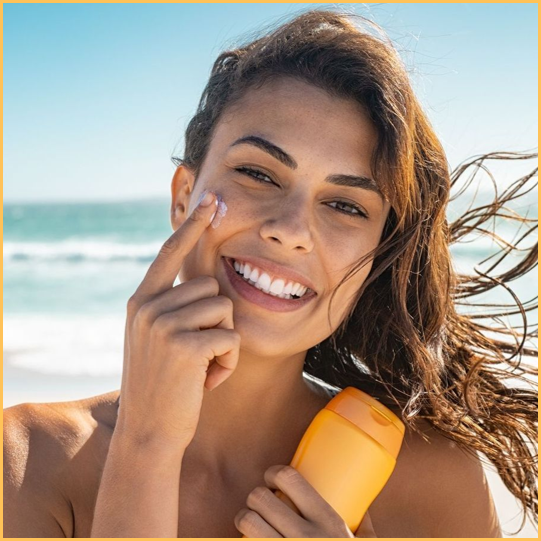

Both UVB and UVA rays induce biological damages in the epidermis and the dermis that contribute to photo-carcinogenesis and photoaging. In the present study, the photoprotective effect of 2 ISO standard sunscreens, P3 (Sun Protection Factor [SPF]15) and P6 (SPF40) and of an SPF50+ labeled commercial sunscreen product was tested in reconstructed skin tissues exposed to increasing doses of UV Solar Simulated Radiation (UV-SSR). UV-induced damages were evaluated using several biological markers, including DNA lesions in the presence or absence of sunscreen protection.
T-Skin™ model samples (EPISKIN), composed of a fibroblast-populated dermal equivalent and a fully differentiated epidermis, were protected with the test sunscreens before being exposed to increasing UV doses.
GBA Group is a leading group of laboratories with a solid reputation backed by over…
Now, INTECH CO. developed stripping tape to collect Dead skin cell. - Basic Skin Research…
K-Beauty's Global Takeover: A Success Story The Korean beauty industry has achieved an unprecedented milestone:…